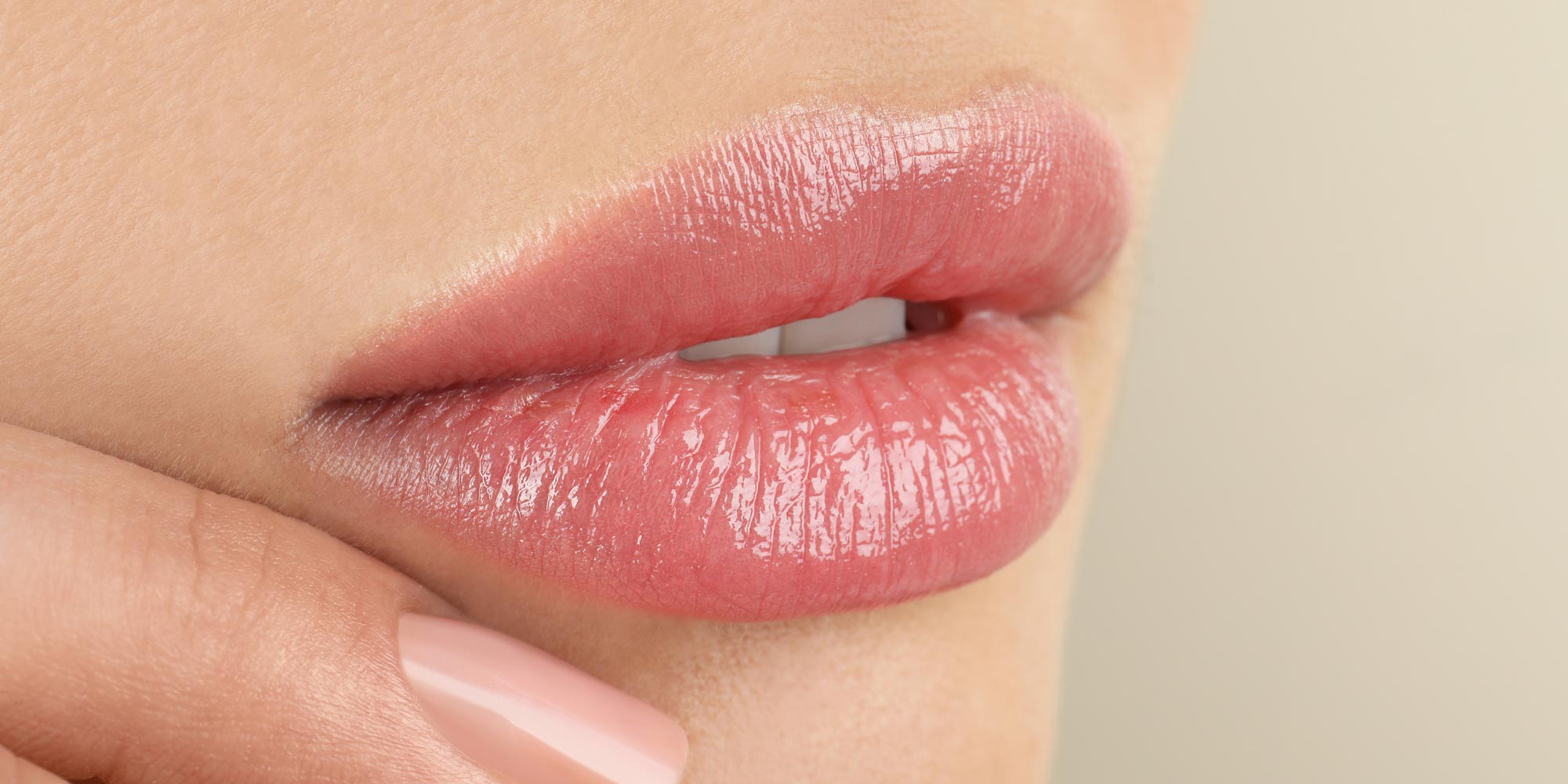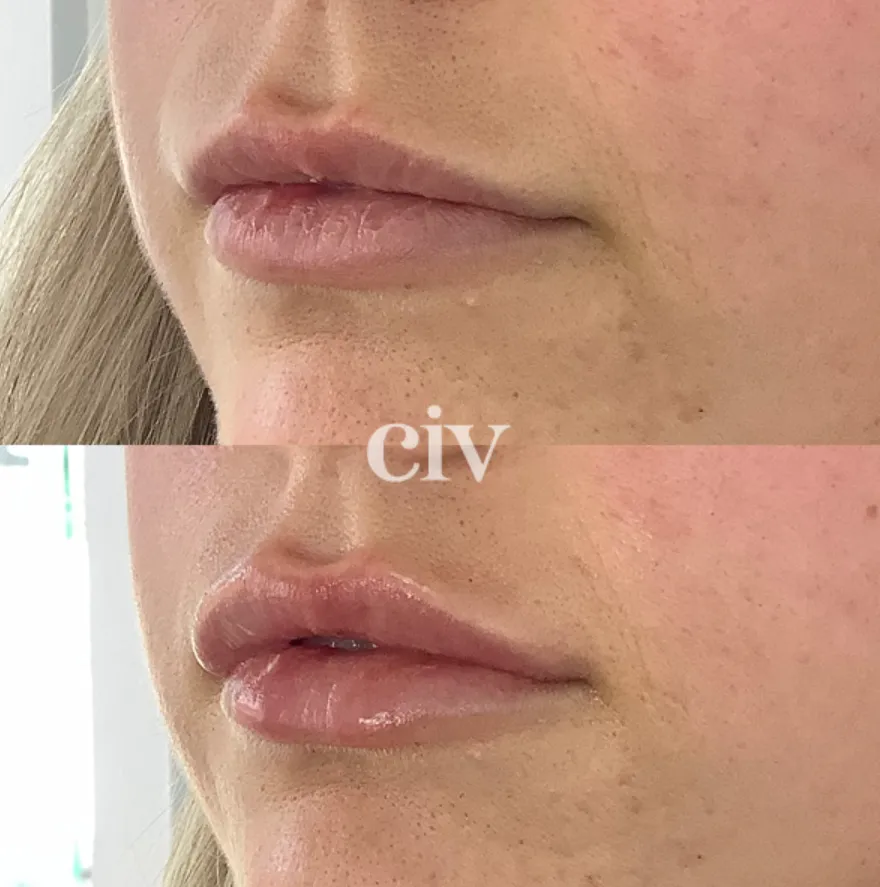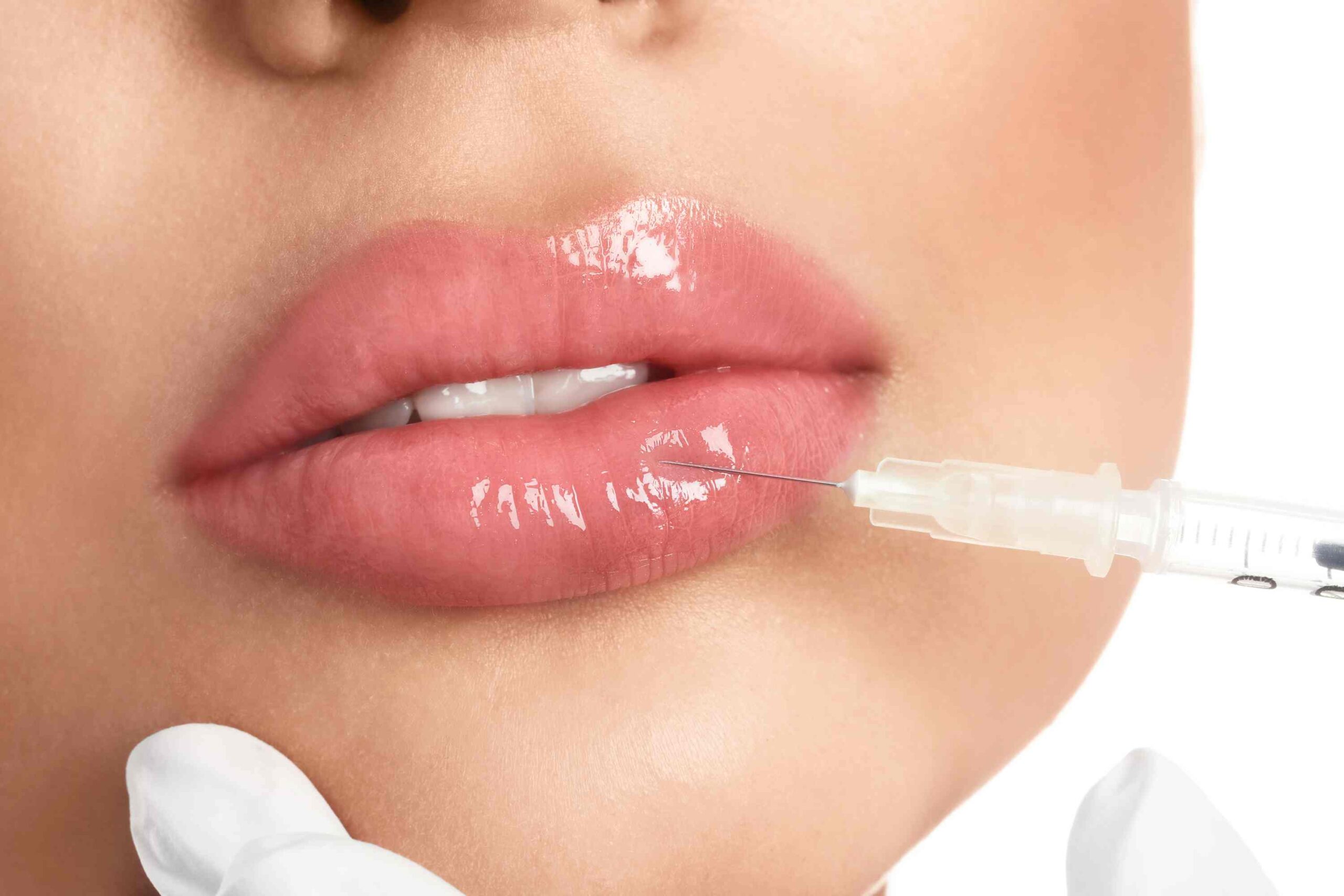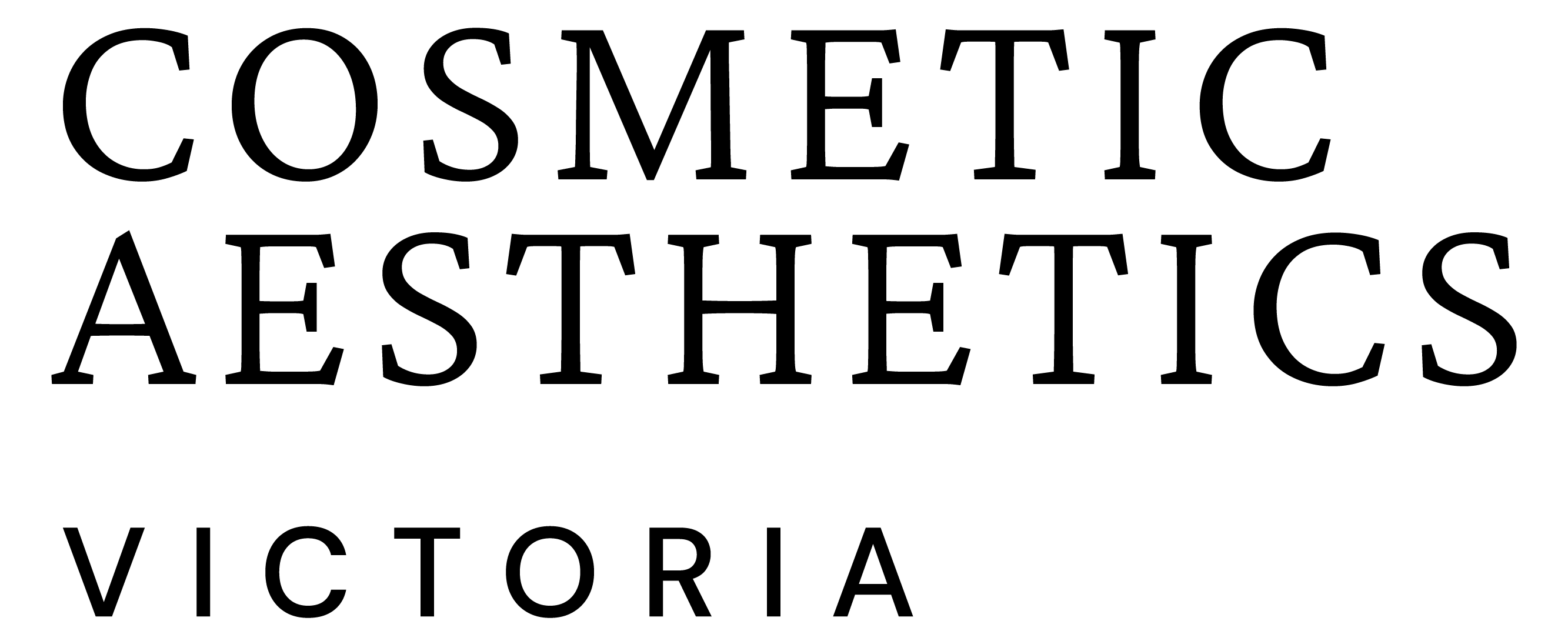
Everything You Need To Know About Lip Filler Injections And Augmentation
Lips are one of the most defining features of our face, and for many, achieving a fuller, more youthful look is a top priority. Whether you’re looking to enhance the shape, volume, or symmetry of your lips, lip filler injections offer a non-surgical solution with incredible results. In this blog, we’ll walk you through everything you need to know about lip augmentation — from the types of fillers available to what you can expect during the procedure, recovery tips, and more. Whether you’re considering lip fillers for the first time or are curious about maintenance, we’ve got you covered.
What Is Lip Augmentation And Why Is It So Popular?
Lip augmentation is a cosmetic procedure aimed at enhancing the size, shape, and overall appearance of the lips. This can involve a range of techniques, from dermal filler injections to fat grafting, each offering varying results depending on the individual’s needs. At its core, lip augmentation is about creating a look that feels natural to the person receiving the treatment, while enhancing the facial harmony. For some, this means restoring lost volume due to ageing, while for others, it’s about defining their lips for a more youthful, balanced appearance.
I’ve had clients come in looking to rejuvenate their lips after noticing fine lines or thinning skin, often due to age or lifestyle factors. A simple dermal filler treatment can bring back the volume that has diminished over time, providing results that not only look natural but feel like the lips they once had. For others, a more dramatic change might be in the cards, such as defining the lip border or adding fullness to the upper lip.
How Lip Fillers Work: The Science Behind The Procedure
The Role Of Dermal Fillers In Lip Enhancement
Now, let’s get into how lip fillers actually work. Lip enhancement isn’t a one-size-fits-all procedure. It’s about adding volume and definition, but in a way that looks natural and complements your features. Dermal fillers are the star of the show here. These are gel-like substances, usually made of hyaluronic acid (HA), which are injected into specific areas of the lips. What makes HA so special is its ability to retain moisture, which helps create that plump, hydrated look.
Hyaluronic acid is a naturally occurring substance in our bodies, and when used as a filler, it mimics the body’s own tissue. I’ve had clients express concern about fillers looking unnatural, but after years of working with various dermal fillers, I can assure you that when done by an experienced practitioner, the results are beautifully subtle. Think of it as adding the perfect amount of volume to give you fuller lips that don’t scream ‘fake’ but rather say, ‘I’m feeling great!’.
Different Types Of Dermal Fillers Used For Lips
There are various types of dermal fillers commonly used for lip augmentation, each offering unique benefits depending on your aesthetic goals. Some are formulated to deliver soft, natural-looking results, ideal for those seeking subtle enhancement. Others are designed to provide a fuller, more defined look with smooth, flexible texture that integrates well with the natural movement of the lips.
During your consultation, we’ll discuss the best option for you based on your desired outcome, lip structure, and facial balance. One of the advantages of modern fillers is their reversibility—should you wish to adjust or dissolve the filler at any point, this can be safely done using a specialised enzyme. This flexibility provides peace of mind and allows for a truly customised approach to lip enhancement.

Lip Filler Before And After: What To Expect From Lip Augmentation?
Pre-Procedure: Consultation And Preparation
The journey to fuller, plumper lips begins with a thorough consultation. I always tell my clients that the more they share about their goals, the better the results will be. Whether you’re after a subtle enhancement or a more dramatic change, communicating your desired outcome is essential to a successful lip filler procedure.
In our consultations at Cosmetic Aesthetics Victoria, we start by discussing everything from your expectations to your medical history. This ensures we address any potential risks or concerns and find the best approach for your unique lip shape. It’s also a great time to talk about any lifestyle factors, such as smoking or drinking, which can affect the healing process.
Clients often ask about the pain associated with the procedure, and it’s something I take seriously. Most dermal fillers, including Juvederm and Restylane, contain lidocaine, a local anaesthetic, to help ease discomfort during the treatment. For those seeking extra comfort, I apply a numbing cream prior to the injection to ensure a smooth experience.
What Happens During The Lip Filler Procedure?
The actual procedure is surprisingly quick, usually taking around 30 minutes to an hour, depending on the extent of the enhancement. The practitioner will use either a needle or a cannula (a blunt-ended tube) to inject the filler into the lips. While the needle is the most commonly used method, the cannula can help minimise bruising and swelling by reducing the risk of injuring blood vessels.
I vividly recall one client who was a bit nervous about the needle but opted for a cannula technique. The result? Minimal swelling and bruising with no discomfort once the numbing cream took effect. The procedure was over before they knew it, and they left the clinic feeling confident and thrilled with their fuller lips.
What To Expect After The Procedure?
After your lip augmentation procedure, it’s normal to experience some swelling and bruising, which can last anywhere from a few hours to a week. I always advise clients to avoid strenuous exercise, excessive alcohol, and certain medications like aspirin for the first 24-48 hours to minimise swelling.
For those wondering about results, here’s the scoop: you’ll likely see some immediate plumping right after the treatment, but it’s important to give it time for the swelling to subside. I recommend waiting around two weeks for the filler to fully settle and integrate with the lip tissue for the most accurate view of the final result.
Risks And Side Effects Of Lip Fillers
What Are The Common Side Effects?
As with any cosmetic procedure, there are potential risks and side effects to be aware of. However, most of these are temporary and resolve on their own within a few days or weeks. The most common side effects I see after lip filler injections are mild swelling, bruising, and redness at the injection sites. These are completely normal and part of the body’s natural healing process. I always advise my clients to apply ice packs for the first 24 hours to reduce swelling and speed up recovery.
Another side effect that some people experience is tenderness or discomfort, especially in the first few days after treatment. This usually resolves quickly and can be managed with over-the-counter pain relief if necessary.
Serious Risks And Complications
Although rare, some serious complications can occur after lip augmentation. For instance, lumps or uneven texture can develop if the filler isn’t distributed properly. Fortunately, I’ve found that these can usually be smoothed out with gentle massage or, in some cases, can be dissolved with hyaluronidase, an enzyme that breaks down hyaluronic acid-based fillers.
In very rare instances, vascular occlusion can occur, which happens when the filler is injected into or around a blood vessel. This can lead to tissue damage or even more serious complications like vision changes or stroke. That’s why it’s essential to choose a qualified and experienced practitioner who knows how to avoid these risks. I always make sure to have hyaluronidase on hand in case of emergencies, and it’s a good idea to ask your provider about this in your consultation.
Recovery And Aftercare For Lip Augmentation
How Long Does It Take To Recover After Lip Filler Injections?
The great thing about lip fillers is that the recovery time is minimal compared to other cosmetic procedures. Most of my clients are able to return to their daily activities the same day. However, you will experience some temporary swelling and bruising immediately after the procedure.
Here’s a general timeline of what you can expect after your lip filler treatment:
- First 24 Hours: Expect some swelling, redness, and possibly some bruising. Applying an ice pack wrapped in a cloth can help reduce these effects. I always remind my clients to avoid touching or massaging their lips during this time to prevent any filler displacement.
- Days 2-3: The swelling will peak around day two and may still be noticeable, but it will start to subside. By this time, most people are able to resume normal activities, though it’s best to avoid strenuous exercise and any activities that may increase blood flow to your face (like hot saunas or heavy lifting).
- 1 Week Post-Treatment: Swelling and bruising should significantly improve, but some minor residual swelling may still be present. Your lips may feel firm or a little stiff as the filler settles in.
- 2-4 Weeks: This is when the final results will become evident, and any swelling should have completely subsided. By this point, you’ll have a much better sense of the overall look, and the filler will have fully integrated into the tissue.
Tips For Prolonging The Results Of Your Lip Fillers
To help extend the longevity of your lip fillers, a little bit of aftercare goes a long way. Here are some tips based on my years of experience working with clients:
- Hydration is Key: Keeping your lips well-moisturised can help maintain the plumpness and texture of your filler. Drink plenty of water and use a good quality lip balm, especially one with SPF, to protect from sun damage.
- Avoid Sun Exposure: Prolonged sun exposure can break down the filler faster and affect the skin’s collagen production. I always recommend wearing a lip balm with SPF, especially when you’re out in the sun for extended periods.
- Stay Away from Alcohol and Smoking: Smoking can reduce blood flow to your lips, affecting the healing process and causing the filler to break down faster. Similarly, alcohol thins the blood and increases bruising and swelling, so it’s best to limit intake for at least 48 hours post-treatment.
- Healthy Lifestyle: A balanced diet, rich in fruits and vegetables, supports your skin and helps maintain the integrity of the filler. Stress and poor sleep can also affect how well your body holds onto the filler, so it’s essential to get enough rest and manage stress levels.

How Long Do Lip Fillers Last?
| Category | Details |
| Typical Duration | 6–12 months |
| Longer-Lasting Options | Other formulations may last slightly longer (up to 12+ months) |
| Post-Filler Residual Plump | Some clients retain subtle volume even after fillers dissolve due to collagen stimulation |
Factors That Affect Longevity
While the type of filler you choose plays a role, there are several other factors that impact how long your lip enhancement will last:
| Factor | Impact on Filler Duration |
| Filler Type | Different brands and formulations vary in thickness and longevity |
| Metabolism | Faster metabolism can lead to quicker breakdown of filler |
| Lip Activity | Frequent movement (talking, eating, kissing) may reduce how long fillers last |
| Age & Skin Elasticity | Younger individuals with more elastic skin often experience longer-lasting results |
| Lifestyle Habits | Smoking and sun exposure accelerate filler breakdown; SPF and avoiding smoking help extend longevity |
| Aftercare | Proper hydration, avoiding pressure, and no touching during healing help the filler settle and last longer |
Lip fillers are a fantastic way to enhance one of the most prominent features of the face — your lips. Whether you’re looking to add volume, smooth out fine lines, or achieve a more balanced and youthful look, lip augmentation offers a safe and non-invasive solution. With minimal downtime, natural-looking results, and the ability to tailor your treatment, it’s no surprise that lip fillers have become one of the most popular cosmetic treatments in Australia.
As with any cosmetic procedure, choosing a skilled and experienced practitioner is key to achieving the best results. By understanding the procedure, knowing what to expect, and following aftercare instructions, you can enjoy plump, defined lips with confidence for months to come. Remember, lip enhancement is a personal journey — always ensure that your decisions align with your goals and feel comfortable every step of the way.
